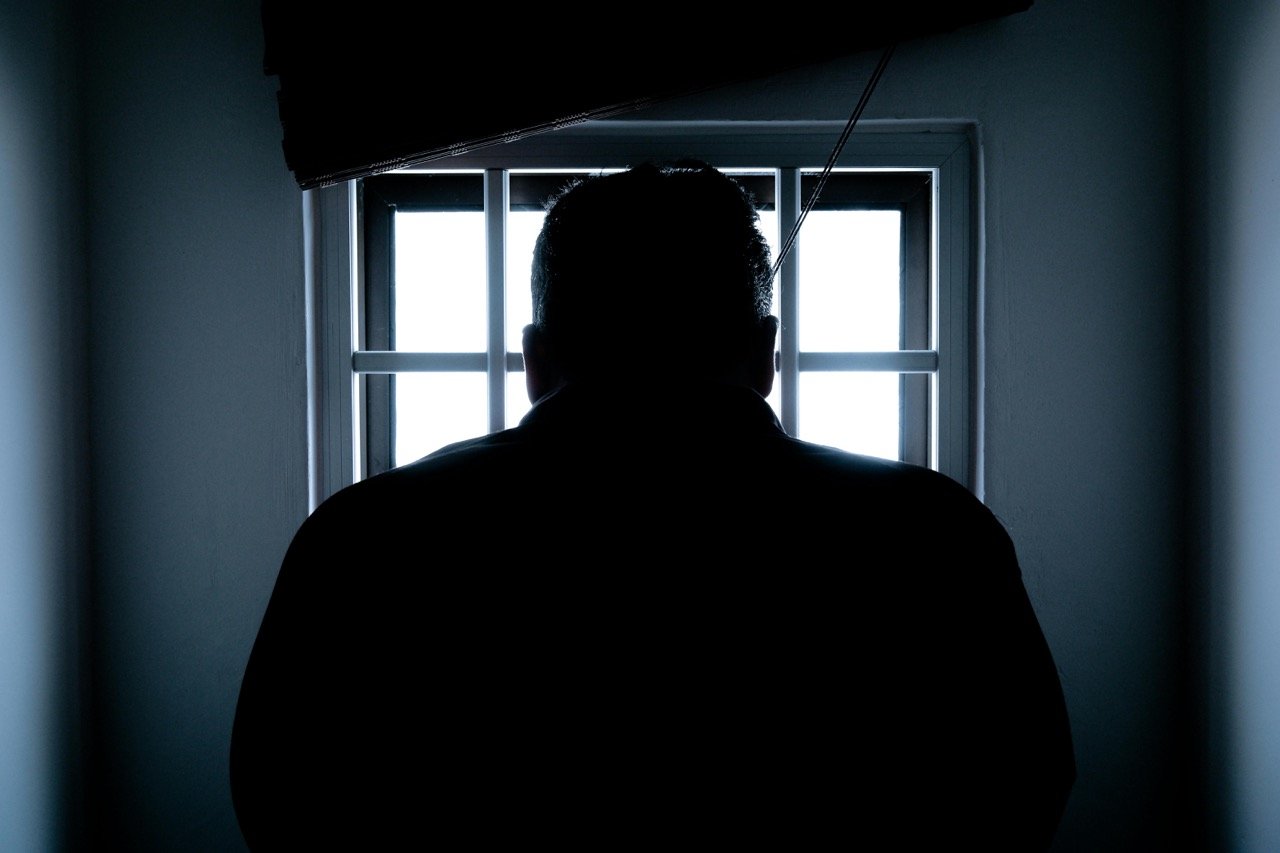
The Human Trafficking Crisis:
A Global Epidemic in Our Backyard
Human trafficking is a global epidemic that affects millions of men, women, and children each year. While it is widely recognized as an international issue, the reality is that human trafficking happens in every community, often hidden in plain sight. In the Dallas-Fort Worth metro area alone, there are a staggering 85,000 active sex ads today. Tragically, this crime is now the fastest-growing illegal trade worldwide, generating an estimated $230 Billion annually (ILO).
The need to take action has never been greater.
Who the victims are
Human trafficking victims come from all walks of life, but certain groups are more vulnerable than others. Traffickers prey on individuals who are experiencing poverty, homelessness, family instability, or isolation. The victims often include:
Children: Around one in three victims of human trafficking are children (UNODC). These young individuals are at risk of being exploited for sex or labor.
Women and Girls: Women and girls, particularly from marginalized backgrounds, face a higher risk of being trafficked for sexual exploitation.
Migrants and Refugees: People fleeing poverty or conflict are often targeted by traffickers who offer false promises of employment or a better life.
Human traffickers use deceit, manipulation, and threats to trap their victims, making it incredibly difficult for them to escape.
No One Is Immune from grooming
Human trafficking is a major issue in Texas, with 313,000 victims statewide, including 79,000 minors exploited for sex and 234,000 workers trapped in labor trafficking. Traffickers profit $600 million annually from labor trafficking, while sex trafficking costs the state $6.6 billion in damages.
Together, we can turn the tide and create a future where every person is free from exploitation.
The Human Trafficking Crisis in Texas

How Traffickers Operate
Traffickers use a range of methods to exploit victims, and they are increasingly utilizing technology to facilitate their operations. Some of the primary methods used include:
Coercion and Control
Traffickers use violence, threats, or financial dependence to maintain control over their victims. Many victims are too scared or ashamed to seek help, further trapping them in exploitation.
Online Exploitation
Social media and online platforms are commonly used to groom victims. Traffickers can target vulnerable individuals, particularly children, and lure them with promises of jobs, love, or better opportunities.
False Promises
Victims are often recruited with the promise of a job, education, or a better life in a different country, only to find themselves forced into sex work or labor once they arrive.
“Law enforcement is the tip of the spear. How can we be a force multiplier for them?"
– Matt Shelton, Founder of Freed People
Be the change for the voiceless - support the fight against child sexual exploitation and human trafficking
Provides transportation and emergency shelter for a day.
Provides food and basic hygiene supplies for one week.
Delivers essential supplies to victims on the streets for 30 days.
Funds a rescue operation to bring a victim to safety.








